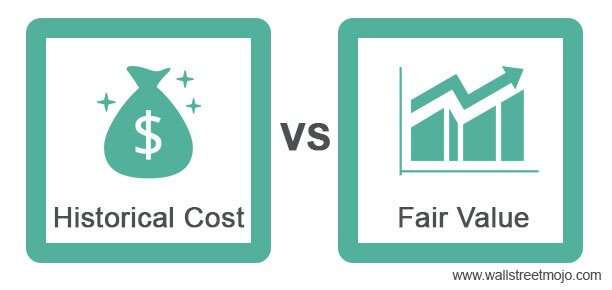
In addition, under the historical cost model, the amount of an asset may be reduced by recognizing impairments. Subsequent to initial recognition, this cost may be allocated as an expense to reporting periods in the form of depreciation or amortization for certain assets, as the service potential or ability to generate economic benefits provided by such assets are consumed over their useful lives.

Under the historical cost model, assets are initially reported at the cost incurred on their acquisition. Historical cost for an asset is the consideration given to acquire or develop an asset, which is the cash or cash equivalents, or the value of the other consideration given at the time of its acquisition or development. Ii) Bases of Measurement of Assets Historical cost

On the other hand, SPFR are those reports prepared to respond to the information requirements of the users that have the authority to require the preparation of financial reports that disclose the information they need for their particular purpose. GPFR must be prepared in compliance with the IPSAS. GPFR are financial reports prepared primarily to respond to the information of users who do not possess the authority to require a public entity to disclose the information they need for accountability and decision-making purposes. In line with the Conceptual Framework for General Purpose Financial Reporting by Public Sector Entities issued by International Public Sector Accounting Standards Board (IPSASB) explain the difference, if any, between a General-Purpose Financial Report and a Special Purpose Financial Report.


 0 kommentar(er)
0 kommentar(er)
